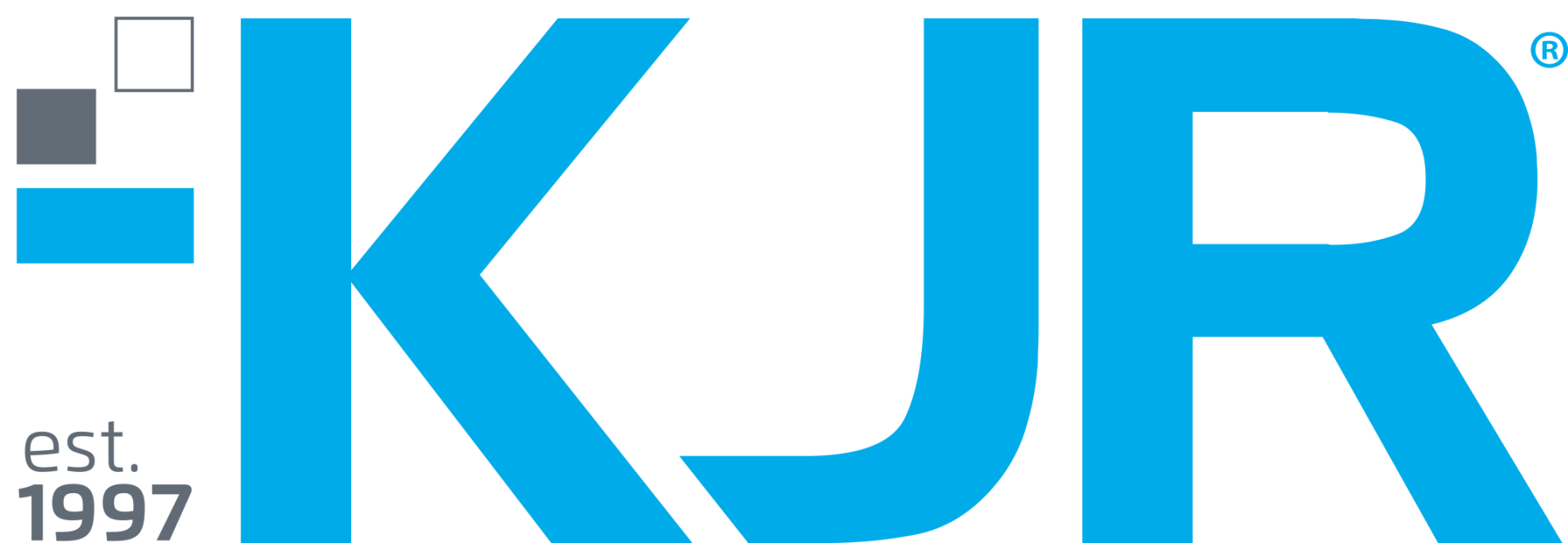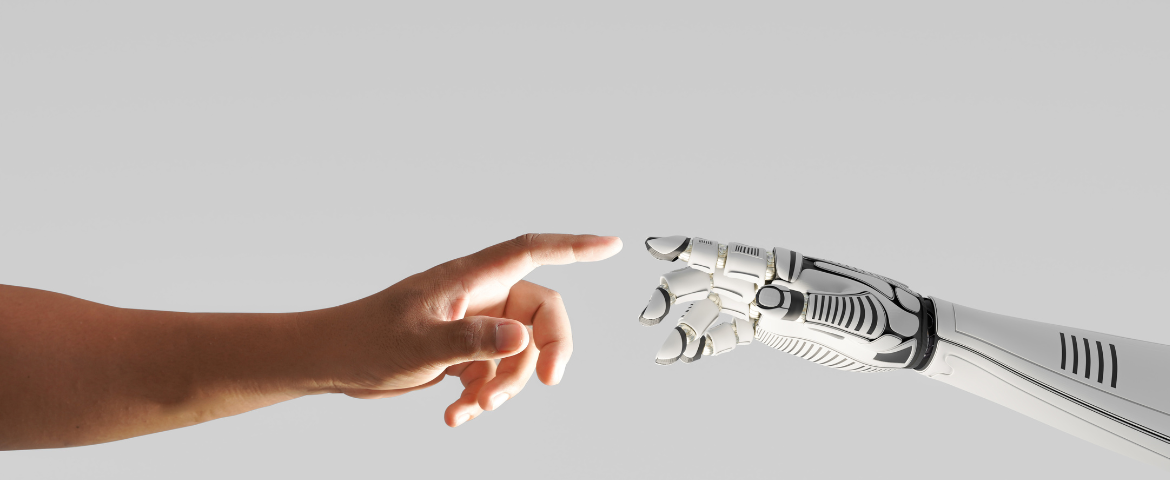Human Machine-Teaming: AI Assurance Through Collaboration
Few agendas have come to characterise the mood of the decade in the way artificial intelligence (AI) and machine learning (ML) have. Capturing the gaze of virtually every industry built on knowledge work, the recent leaps and bounds in the technology’s innovative application have made fantastical contemplations of artificial sentience and their commercial use now begin to actualise on the precipice of implementation. Without overdramatising the current climate, ponderings of a workless future have emerged in answer, and we are currently imagining our place in a world where human skills can be easily replicated and thus fulfilled by machines.
These concerns exist at the foot-base of a maturing industry. For the most part, AI assurance and functionality remain just beyond the doorway of deep workplace adoption and have not entered the conversation of total human displacement from the workforce. While it might be true that tools such as GitHub’s Co-pilot, or the highly talked-about GPT 4.0 by Open AI earmark a historical crux in powerful information processing in ML capacity, these remain utilities with a conditional agency – the workers still in place today to monitor their operation.
Rather than an overnight shift in work environment trends it’s more reasonable that the foreseeable future of AI-assisted work is a partnered, collaborative one – where one empowers the other, rather than the zero-sum game we commonly catastrophise out of social-cultural dystopian wonderings. How does this symbiotic future become reality? Focusing on AI assurance and data management are key steps before we see the nature of work change in a faciliatory way, rather than demanding.
Filling in the Gaps
Affordances exist that make machine employment much more desirable over humans; at its most obvious, its computational power exceeds ours by innumerable factors. Taking GPT 4.0’s latent ability in probing and interpreting data, the platform’s powerful parameters in sorting through a 15,000 token document – to isolate its targeted information – in a spare number of seconds makes a daunting case for the choice between the human mind and machine learning, where information processing is the name of the game. The ability to automate manual tasks and make efficient operational weight, particularly on the side of production logistics and organisation in other words, becomes its greatest selling point, as its ability to integrate raw data makes the technology a master of hard skills.
Opportunities in the Future of AI Assurance
This fact of the matter, though, almost begs the question; where does the work capacity for soft skills exist across AI? Work tasks measurable by quantitative indicators are easily fit for purpose through machine learning of its strength in automation, cognition and prediction- responsibilities that are built on data and repetition with the direct and empirical application.
Whereas with tasks that require emotional intelligence and qualitative analysis, the necessity for the human hand remains paramount. Emotional intelligence, strategic thinking, team building and effective communication are composite of productivity and momentum in the social workplace, an indispensable aspect of career hygiene and personal management. Work is almost never achieved in isolation, and the environment it occurs in makes this navigation the gatekeeper to engagement with the world.
KJR Case Study – Western Yalanji
Take KJR’s initiative with the Western Yalanji Aboriginal Corporation as an indicator of this partnership between hard operation and soft navigation, wherein neither is without the other.
Utilising drones to document sparse and sporadic rock art highly valued in Aboriginal culture at risk of degradation, the implementation of AI in both cataloguing digital assets and predicting their status and risk condenses what intensive resources the project would take, if the alternative were completely in the hands of human mapping.
Resting on the laurels of thorough AI assurance for reliable data management, KJR’s implementation of AI tools operates to ends that worker cognition might not – the team’s delivery of the product, engagement with surrounding stakeholders and future utility moving forward, though, is not capable of automation. Both functionally and empathetically, the project hinges on the human competence of understanding the pathos involved, its use in insulating how the project is funded, who it benefits, and ultimately how its value applies to the world.
Where working side by side succeeds, human-machine pairing in the work environment has the chance to meet goals like the West Yalanji initiative with great effect. Given considerate AI assurance in maximising technical work output, and the ability of its operators to leverage this value in their environment, the future of AI-assisted occupations lies in one that holistically elevates the workplace.
Interested to know more about how this tech affects you? Contact KJR for a consultation on our data services, and whether you can benefit!









